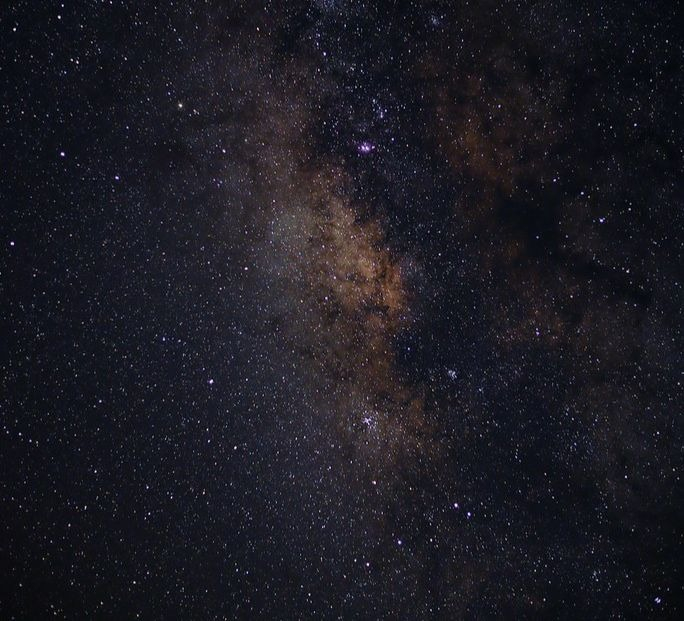The Future of Space Tourism

On January 19, NASA and SpaceX performed an in-flight abort demonstration to test the escape capabilities of SpaceX’s Crew Dragon spacecraft. The test was successful, showing that the crew system is capable of protecting astronauts, even in the event of an emergency during launch. This was the final major flight test of the spacecraft before it begins carrying astronauts to the International Space Station under NASA’s Commercial Crew Program.
Hear from NASA astronauts @AstroBehnken and @Astro_Doug on how they feel after @SpaceX’s In-Flight Abort Test ⬇️
They’ll be the first to fly on the second #CrewDragon mission to the @Space_Station! 🐉 pic.twitter.com/jMGnvsvme9— NASA Commercial Crew (@Commercial_Crew) January 19, 2020
NASA's Commercial Crew Program is a new partnership with private companies such as SpaceX with the goal of creating human space transportation systems. SpaceX is a private American aerospace manufacturer and space transportation company founded by Elon Musk in 2002. He said the first crew flight is planned to take place in the second quarter of 2020. This accomplishment may open new doors to the future of spaceflight and human traveling.
In 2019, NASA announced that starting in 2020 the U.S. segment will open its orbiting station to tourism and other business ventures. NASA will host private passengers for stays of up to 30 days on the International Space Station (ISS) for a fee of $35,000 per night. The spatial journey will take place in a spaceflight capsule provided by commercial enterprises such as SpaceX and Boeing. A round-trip ticket to the ISS on the SpaceX Crew Dragon or the Boeing CST-100 Starliner would cost close to $58 million.
Several companies have since set out to offer shorter duration flights to grant tourists a glance at space. The shorter space excursions would most likely be offered at a lower price tag of $250,000. Built with commercial passengers in mind, Virgin Galactic’s SpaceShipTwo and Blue Origin’s New Shepard are slated to begin suborbital tourist flights starting as soon as 2020. While these flights cannot carry passengers to orbital destinations (over 400 km altitude from sea level), such as the ISS, they provide passengers with several minutes of microgravity and a glance of outer space. The spaceflight trips will last approximately 2.5 hours and will be launched and recovered from the spaceport in North America.
NASA's new directive hopes that this introduction to the commercialization of space tourism will help develop the economic plan to low-Earth orbit travel. As companies gear up to produce the revolutionary reality of space travel this 2020, a new means of business in space is created. The markets have already begun to expand as commercial companies explore new business models to manufacture goods and test their own habitable structures to conduct marketing and sponsorship activities.
.@Space_Station is open for commercial business! Watch @Astro_Christina talk about the steps we're taking to make our orbiting laboratory accessible to all Americans. pic.twitter.com/xLp2CpMC2x
— NASA (@NASA) June 7, 2019
In a NASA podcast, ISS Commercial Space Utilization Manager, Mike Read said:
“Well, and the next step, of course, is a commercial destination, I mean that's what we really want to see. I mean we're always going to have a need to be in low-Earth orbit and the space station for certain is going to be the last U.S. government-driven platform in low-Earth orbit, it's just, it's not affordable to sustain a government program when you want to go do a deep space or a moon mission.”
Opening up new space travel possibilities could lead to a new production of research and technology advancements, such as developing cell lines, personalized medicine, and space manufacturing, according to Mike Read. With the concepts of space tourism growing of interest to the public, the space companies are eager to invite customers to participate in the monumental evolution of space travel.







